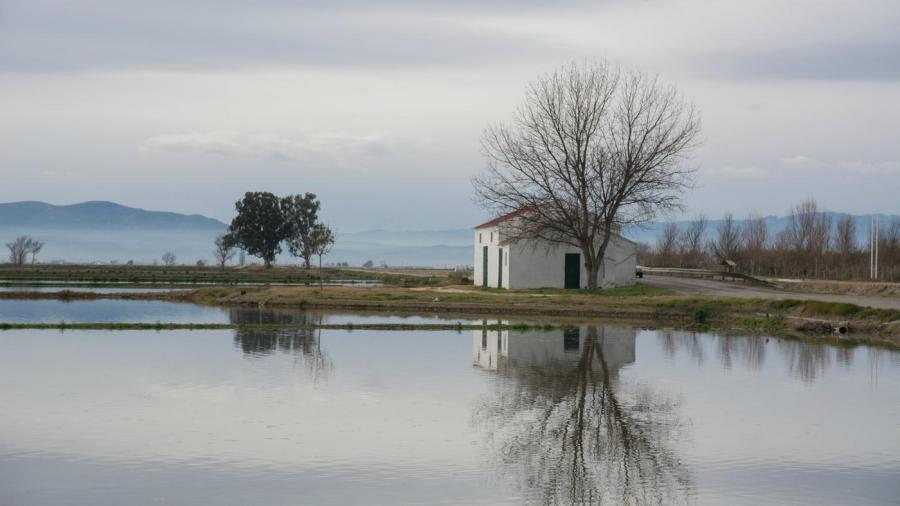What Is a Mouth of a River?

The mouth of a river is another name for its terminus, where it meets an ocean, sea or lake. Because rivers generally carry abundant sediment and deposit it at the mouth, they often form deltas, or broad, shallow areas. The opposite end of the river is called the headwaters or the source; however, the headwaters are often formed by several discreet sources that all occur in the same general area.
The source of a river is usually at a much higher elevation than the mouth. Because they follow the contours of the ground, rivers rarely follow a straight path — they always follow gravity to the lowest spot. When this occurs, a river is said to “meander.” When the land’s slope is steep, the rivers are usually fast, and the substrate is composed of rocks and gravel. Conversely, when the land is not very steep, rivers tend to become broad and have muddy or sandy bottoms.
When a river’s mouth empties into an ocean or sea, the fresh water from the river mixes with the salty water from the ocean, producing brackish, or semi-salty water. These areas are called estuaries, and they are often important rearing grounds for marine life.





